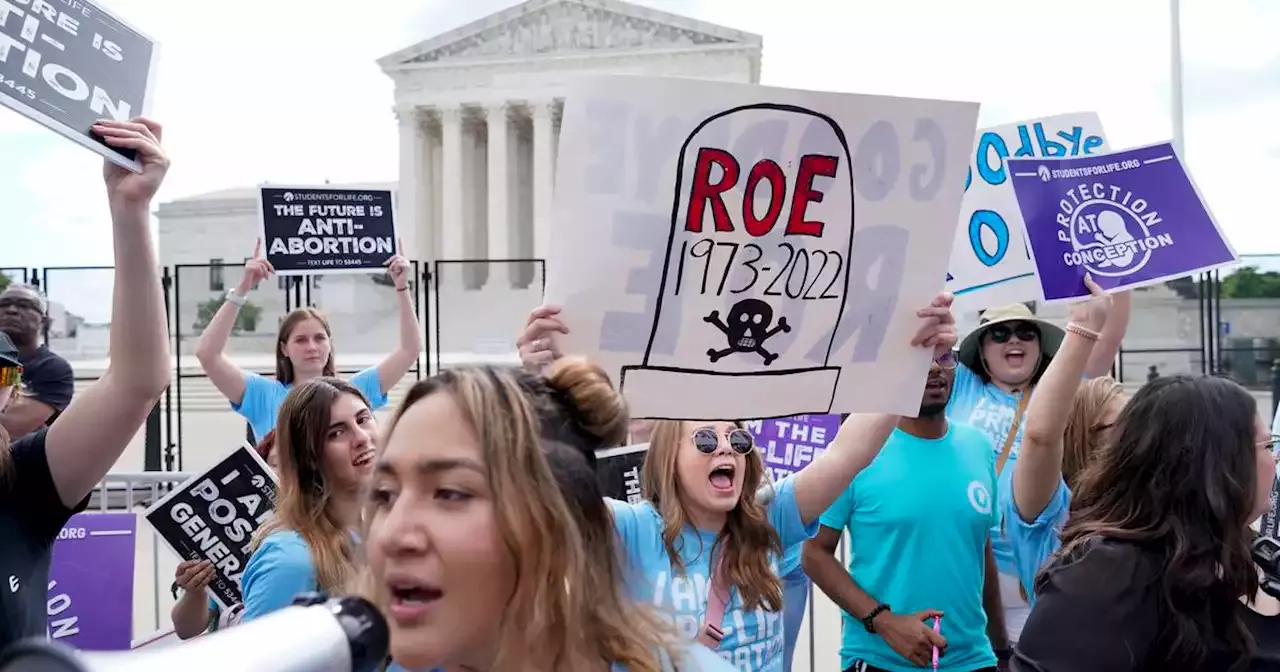The Supreme Court ruling is expected to lead to abortion bans in roughly half the states. In anticipation of the decision, several states led by Democrats have taken steps to protect abortion access.
Demonstrators protest about abortion outside the Supreme Court in Washington, Friday, June 24, 2022. the 1973 decision that had provided a constitutional right to abortion. The ruling is expected to lead to abortion bans in roughly half the states. In anticipation of the decision, several states led by Democrats have taken steps to protect abortion access.
What’s next: Some Republican lawmakers have said they would like to see the state replace the 2019 ban with a slightly less stringent bill that would allow exceptions in cases of rape or incest. Proponents said the 2019 ban was deliberately strict in the hopes of sparking a court challenge to Roe.Political control: Republicans currently hold a majority of seats in the state Legislature, but the House is controlled by a bipartisan coalition composed largely of Democrats.
Background: Arizona law allows abortion through about 22 weeks, but the Legislature passed a 15-week abortion ban in March mirroring the Mississippi law currently being contested before the U.S. Supreme Court. It will take effect 90 days after the Legislature adjourns, which is expected in late June. Current restrictions include bans on abortions because of gender and a 2021 law that makes it a felony for a doctor to terminate a pregnancy because the child has a survivable genetic abnormality.
Background: Arkansas law currently bans most abortions 20 weeks into a woman’s pregnancy, with exceptions for rape, incest and the life of the mother. The state has several other bans that have been struck down or blocked by the courts in recent years, including an outright abortion ban enacted last year that doesn’t include rape or incest exceptions. That ban has been blocked by a federal judge, and the state has appealed the ruling.
Effect of Supreme Court ruling: Abortion will still be legal in California prior to the viability of a fetus. Democratic Gov. Gavin Newsom has vowed to make California a sanctuary for women who live in other states where abortion could be outlawed or severely restricted. It’s unknown how many women would come to California for abortions should Roe v. Wade be overturned, but the number is expected to be significant.
What’s next: It’s impossible to predict how many more patients from states surrounding Colorado will potentially seek care if Roe v. Wade is overturned. But the Texas law could induce more people to come. Oklahoma now has an early pregnancy abortion ban; Utah and Wyoming have trigger laws banning abortion if Roe is overturned; the Kansas Constitution protects abortion rights, but Republican lawmakers placed on an August primary ballot an initiative to overturn it.
Background: In 2017, Delaware became the first state following the election of President Donald Trump to codify the right to an abortion. A bill signed by Gov. John Carney, a Catholic, guarantees the unfettered right to an abortion before a fetus is deemed “viable.
Effect of Supreme Court ruling: Elected officials in Washington, D.C., fear Congress could move to restrict abortion access, particularly if Republicans recapture the House of Representatives in midterm elections later this year. President Joe Biden could theoretically veto such a move, but that protection is subject to political calculations and is not guaranteed.
What’s next: Florida’s 15-week ban goes into effect on July 1, and by then a U.S. Supreme Court decision is expected on a similar Mississippi ban after 15 weeks. However, the state constitutional challenge of the legislation will likely still be pending.
Background: Hawaii legalized abortion in 1970, when it became the first state in the nation to allow the procedure at a woman’s request. The state allows abortion until a fetus would be viable outside the womb. After that, it’s legal if a patient’s life or health is in danger. For many years, only licensed physicians could perform the procedure. Last year, the state enacted a law allowing advanced practice care nurses to carry out in-clinic abortions during the first trimester.
Effect of Supreme Court ruling: If the U.S. Supreme Court overturns Roe v. Wade, it will trigger a 2020 Idaho law banning all abortions except in cases of reported rape or incest, or to protect the mother’s life. That law would take effect 30 days after the decision. Under the law, the person performing the abortion could face a felony prosecution punishable by up to five years in prison.
What’s next: Like other states providing access to abortions, Illinois has seen a steady influx of patients crossing the state line for abortions in recent months and those numbers are expected to increase.The state could see an additional 20,000 to 30,000 patients seeking abortions in the first year if Roe is reversed, said Brigid Leahy, vice president of public policy for Planned Parenthood of Illinois.
Background: Iowa allows most abortions until the 20th week of pregnancy, when they’re banned except to save a patient’s life or prevent a substantial and irreversible physical impairment of a major bodily function. In 2018, the state Supreme Court declared access to abortion a “fundamental” right under the state constitution, granting stronger protections to abortion rights than the U.S. Constitution.
Effect of Supreme Court ruling: If the U.S. Supreme Court overturns Roe v. Wade, nothing will change immediately in Kansas, and that will be true even if the court merely upholds Mississippi’s ban at 15 weeks without explicitly overturning Roe. The state Supreme Court blocked enforcement of a 2015 legislative ban on a common second-trimester procedure, and abortion opponents fear a host of other rules could fall to legal challenges in the near future.
What’s next: Abortion-rights activists say the suspension of abortion services in April foreshadowed what would happen in Kentucky and other Republican-leaning states if Roe v. Wade is overturned. It likely would end several legal challenges pending against other Kentucky abortion laws including a 2018 measure that abortion-rights supporters say would effectively ban a standard abortion method in the second trimester of pregnancy. The U.S.
Background: A Republican governor in 1993 signed a Maine law affirming the right to abortion before a fetus is viable. After that, abortion is only allowed if the life or health of the mother is at risk, or if the pregnancy is no longer viable. In 2019, lawmakers eliminated a physician-only rule and Mills signed it into law, allowing nurse practitioners, physician assistants and other medical professionals to perform abortions.
Effect of Supreme Court ruling: If the U.S. Supreme Court overturns Roe v. Wade, nothing will change immediately in Maryland law, and that will be true even if the court merely upholds Mississippi’s ban at 15 weeks without explicitly overturning Roe. What’s next: Absent new federal abortion laws, there’s little chance Massachusetts will restrict abortion rights. As of 2017, there were 47 facilities providing abortion in Massachusetts, 19 of those were clinics, according to the Guttmacher Institute, which supports abortion rights. If Roe v. Wade is overturned, it’s unclear how many people would travel there from states that ban or restrict abortion.
Background: Abortion is legal in Minnesota up to the point of fetal viability, around the 24th week of pregnancy. The state has some restrictions, including a 24-hour waiting period with state-mandated counseling, both parents generally must be notified prior to a minor getting an abortion, and only physicians can perform abortions.
Effect of Supreme Court ruling: Mississippi’s only abortion clinic, Jackson Women’s Health Organization, would close within weeks if the Supreme Court overturns Roe v. Wade. Mississippi enacted a law in 2007 that would prohibit most abortions if Roe v. Wade is overturned. Abortions would still be allowed if the woman’s life is endangered by the pregnancy or if the pregnancy was caused by a rape that was reported to law enforcement.
What’s next: If the abortion ban takes effect, many Missouri patients seeking abortions likely will travel to neighboring states, including Illinois and Kansas. A new Illinois logistics center near St. Louis helps women from out of state find travel, lodging and childcare if they need help getting to the area for an abortion, and it connects them with funding sources.
Background: Nebraska allows most abortions until the 22nd week of pregnancy, although a few small towns have voted to outlaw the procedure within their borders. The state requires doctors to be physically present when patients take the first of two drugs that are used in medication abortions. Lawmakers have rejected attempts to allow abortion medications to be administered remotely, which would provide easier abortion access in rural areas.
Effect of Supreme Court ruling: “Here in Nevada, overturning Roe would not be felt immediately,” state Attorney General Aaron Ford said in a position paper released after the draft U.S. Supreme Court opinion became public. Ford noted that a federal ban on abortion would supersede state law and said it would be naive not to recognize that some people want to ban abortions or make them more difficult to obtain.
What’s next: The majority leader of the New Hampshire House has said the public should not expect Republicans in the Legislature to further tighten state abortion laws. But anti-abortion lawmakers who have filed bills in the past are expected to try again.Political control: Democrats control both houses of the state Legislature and the governorship. Gov. Phil Murphy started his second consecutive term this year.
Background: Abortion has been legal in New Mexico since the U.S. Supreme Court’s 1973 ruling in Roe v. Wade. In 2021, state lawmakers repealed a dormant 1969 statute that outlawed most abortion procedures as felonies, thus ensuring access to abortion if the federal court rolls back guarantees. Albuquerque is home to one of only a few independent clinics in the country that perform abortions in the third trimester without conditions.
Effect of Supreme Court ruling: Roe V. Wade protections are enshrined in state law. New York is planning to give abortion providers $35 million this year to expand services and boost security in anticipation of an influx of out-of-state people seeking abortions once any ruling comes down. It’s unclear how many more people from neighboring states could travel to New York to receive abortion care.
United States Latest News, United States Headlines
Similar News:You can also read news stories similar to this one that we have collected from other news sources.
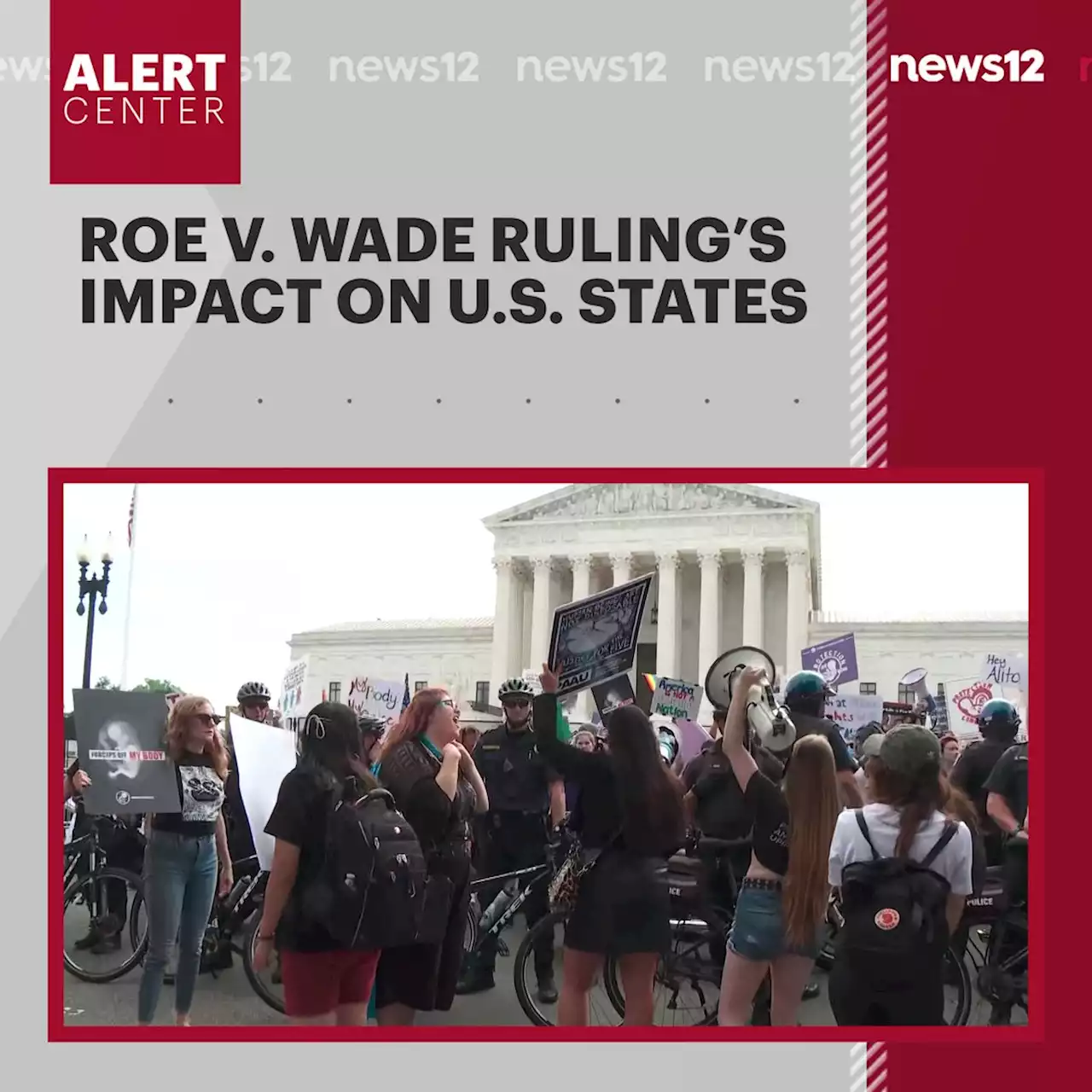 How U.S. states have banned, limited or protected abortionThe U.S. Supreme Court on Friday overturned Roe v. Wade, the 1973 decision that had provided a constitutional right to abortion. The ruling is expected to lead to abortion bans in roughly half the states.
How U.S. states have banned, limited or protected abortionThe U.S. Supreme Court on Friday overturned Roe v. Wade, the 1973 decision that had provided a constitutional right to abortion. The ruling is expected to lead to abortion bans in roughly half the states.
Read more »
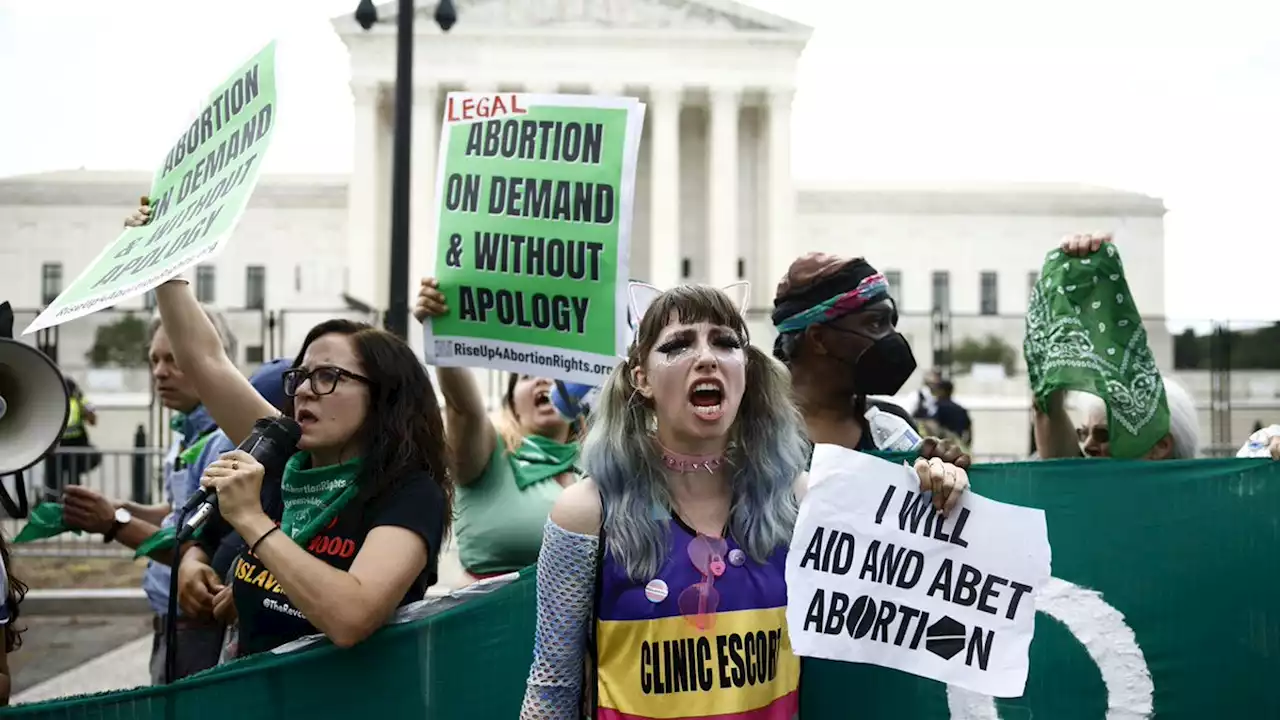 The Supreme Court Has Officially Overturned Roe v. WadeNow almost half of U.S. states are expected to outright ban or severely limit access to abortion.
The Supreme Court Has Officially Overturned Roe v. WadeNow almost half of U.S. states are expected to outright ban or severely limit access to abortion.
Read more »
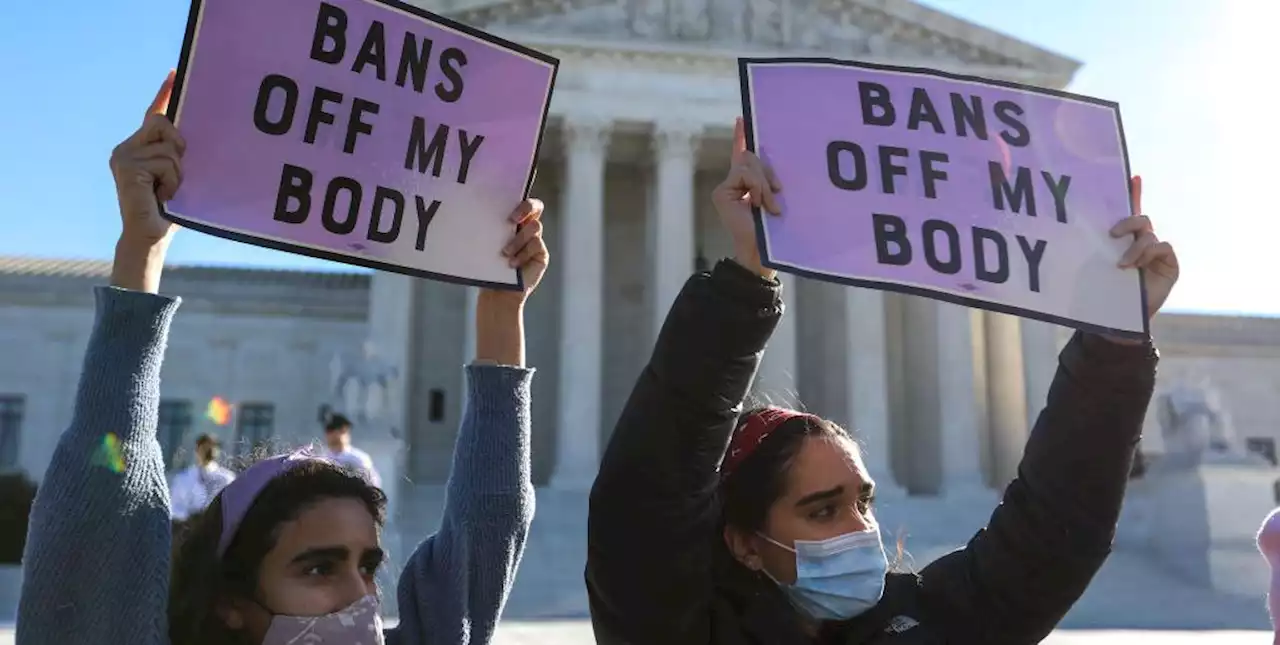 Roe v. Wade Has Been OverturnedAbortion is no longer a constitutionally protected right in the United States.
Roe v. Wade Has Been OverturnedAbortion is no longer a constitutionally protected right in the United States.
Read more »
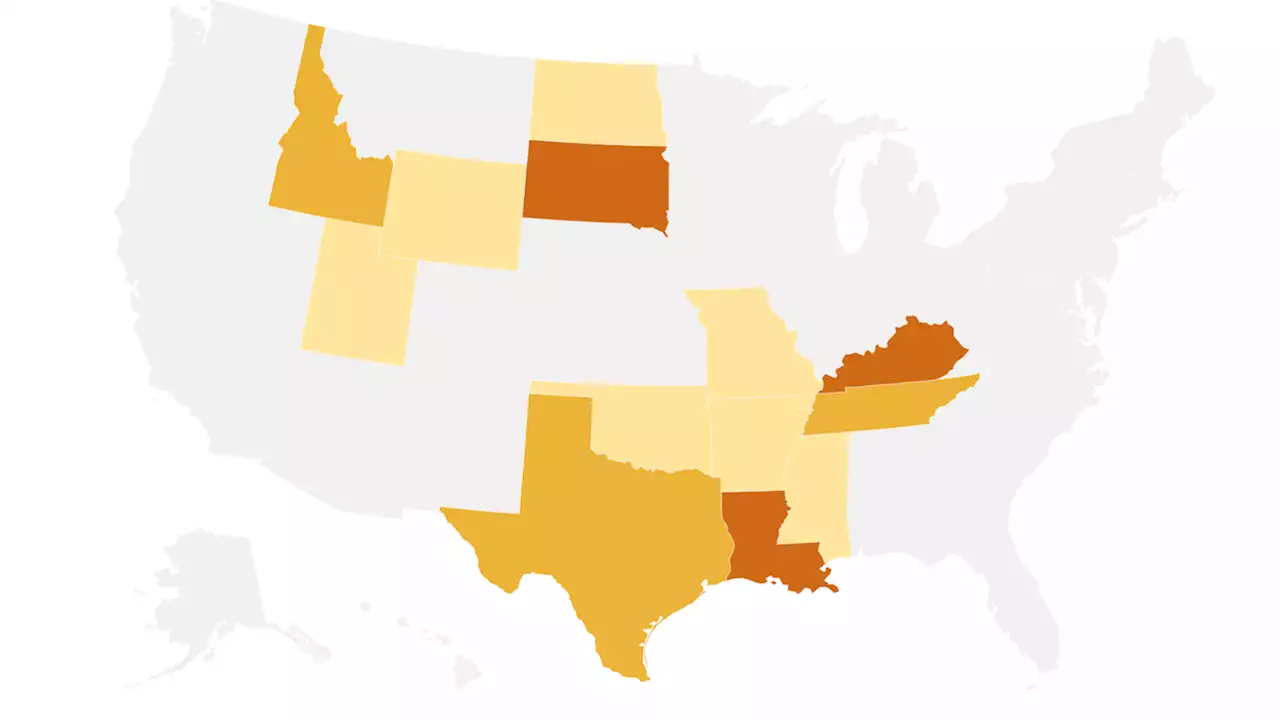 Abortion Will Be Banned in These 13 States With 'Trigger Laws'At least 13 states, mainly in the South and Midwest, have passed so-called 'trigger laws,' legislation effectively banning abortion that is ready to be enforced in the wake of the pivotal U.S. Supreme Court opinion.
Abortion Will Be Banned in These 13 States With 'Trigger Laws'At least 13 states, mainly in the South and Midwest, have passed so-called 'trigger laws,' legislation effectively banning abortion that is ready to be enforced in the wake of the pivotal U.S. Supreme Court opinion.
Read more »
 Which states are banning abortion immediately? State-by-state breakdown of abortion laws, bansBREAKING Which states are banning abortion immediately? Here is a state-by-state breakdown of abortion laws and bans
Which states are banning abortion immediately? State-by-state breakdown of abortion laws, bansBREAKING Which states are banning abortion immediately? Here is a state-by-state breakdown of abortion laws and bans
Read more »
